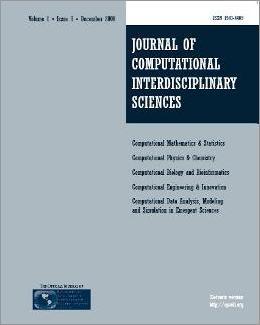
Editorial Office:
Management:
R. S. Oyarzabal
Technical Support:
D. H. Diaz
M. A. Gomez
W. Abrahão
G. Oliveira
Publisher by Knobook Pub


Editorial Office:
Management:
R. S. Oyarzabal
Technical Support:
D. H. Diaz
M. A. Gomez
W. Abrahão
G. Oliveira
Publisher by Knobook Pub
doi: 10.6062/jcis.2013.04.01.0065
S. Navarro, L. J. Corral , M. de los A. Isidro, C. G. Padilla
In Astrophysics, the spectral classification is a well defined classification system with a well established set of standard stars that define each spectral type. The relation between the spectral type and the multiple factors involved are not lineal by far. This make the spectral classification process an ideal candidate to apply Artificial Neural Networks (ANNs). The signal to noise ratio (SNR) of spectra obtained in survey missions are not always ideal for spectral classification, the actual surveys are acquiring thousands of spectra and, in the near future, the GAIA project and other surveys will have the capacity to obtain hundreds of thousands, this motivated the developed of methods to automatise the spectral classification. We present here some results of the application of automatic classification to low SNR spectra using ANNs, and the use of such classification for the determination of PNe distances. In this work we compare our results with previous distance determinations of the studied objects and with determinations of the distances using photometric and spectroscopic data from the virtual observatory (VO).
computational data analysis, artificial neural networks, automatic spectral classification.
[1] JACOBY GH, HUNTER DA & CHRISTIAN CA. 1984. ApJS, 56: 257.
[2] KURTZ MJ. 1984. The MK Process & stellar classification. R.F.Garrison, ed. U. of Toronto, 136.
[3] NAVARRO SG. 2005. Determinaci´on de distancias a Nebulosas Planetarias, PhD Thesis, U. de la Laguna.
[4]NAVARRO SG, CORRADI RLM & MAMPASO A. 2012. A&A, 538A:76.
[5] VON HIPPEL T, STORRIE-LOMBARDI L, STORRIE-LOMBARDI M & IRWIN M. 1994. MNRAS, 269: 97.
[6] WEAVER WB & TORRES-DODGEN AV. 1997. ApJ, 487: 847